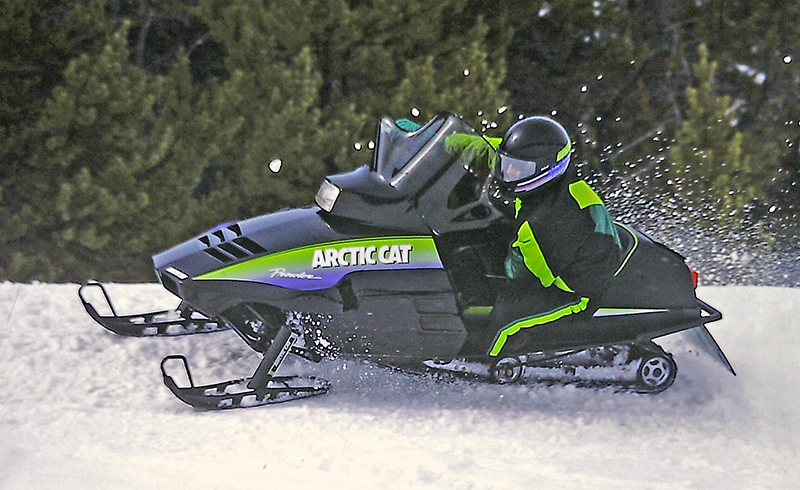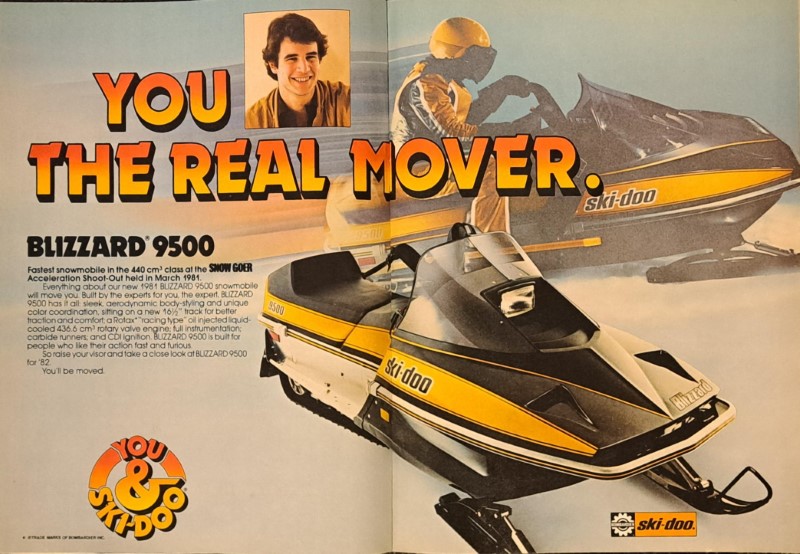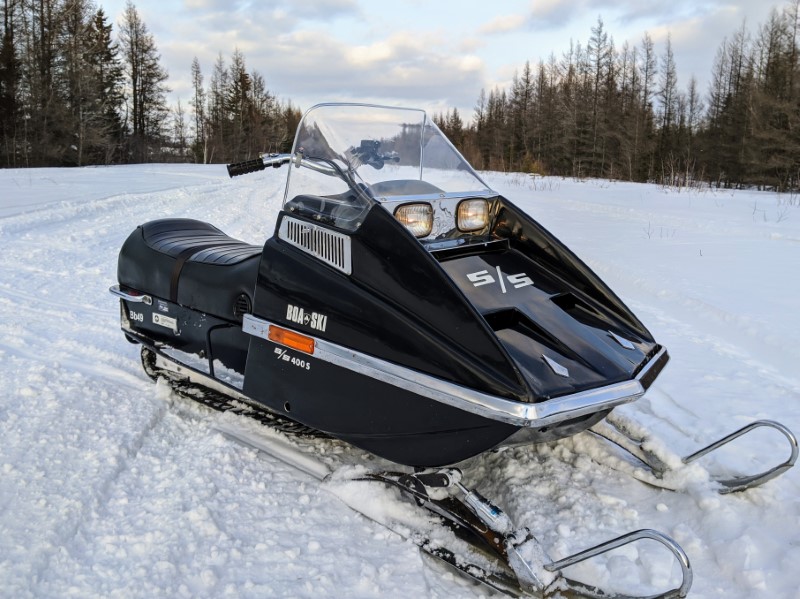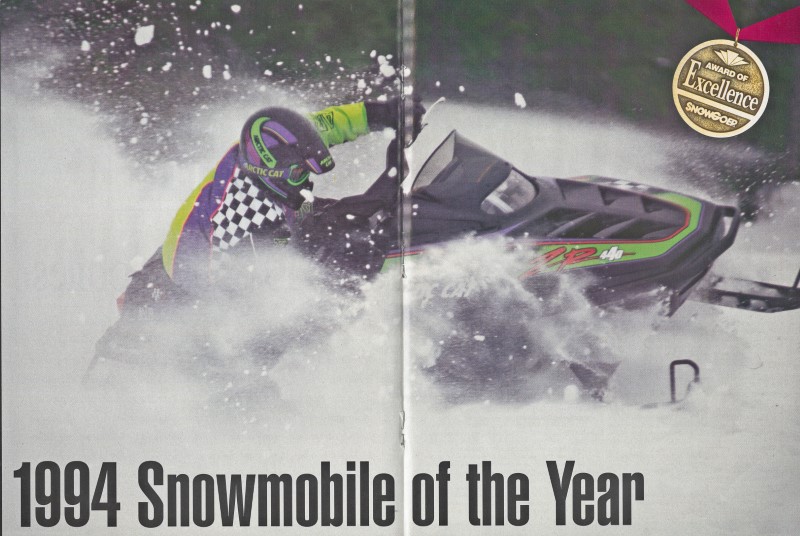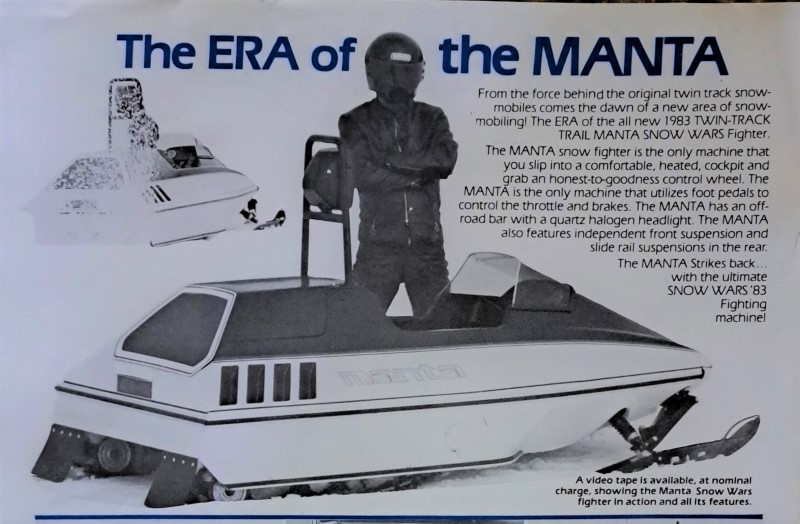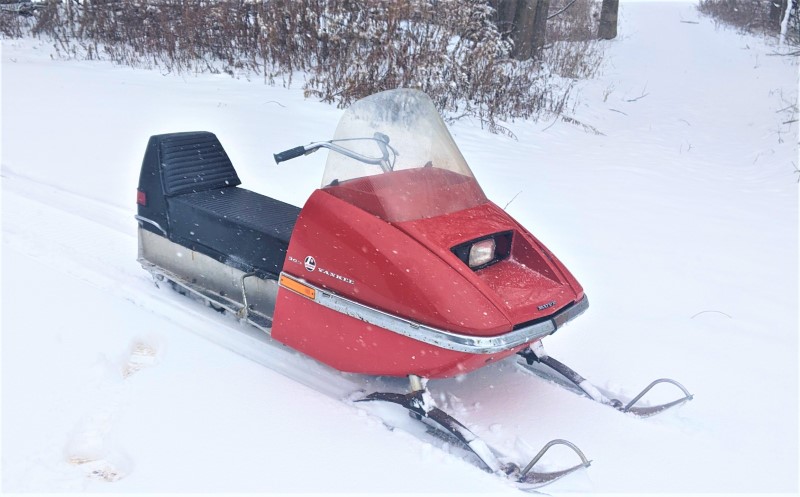Who was the first person to reach the North Pole over land? Forget what you read in text books about Dr. Frederick Cook, because the title actually belongs to a snowmobiler.
April 20, 2008, marks the 40th anniversary of the most ambitious snowmobile expedition ever taken. It all started with a large man from White Bear Lake, Minnesota.
Ralph Plaisted was a successful entrepreneur who had built and presided over an insurance agency. Ralph stood at 6 feet, 4 inches tall, weighed about 240 pounds and was an ambitious outdoorsman. He loved hunting and fishing and had purchased a small island just outside Ely, Minnesota. Every available weekend, he would take his young family up to Ely where they would all enjoy the solitude of the area and the great hunting and fishing.
Snowmobiles were just getting a foothold in the early 1960s and in 1963 Ralph bought his first 8 hp Ski-Doo. He quickly discovered how versatile the little machine was and how it improved access to his weekend retreats. His family enjoyed that first machine and he bought his second machine, a 10 hp Ski-Doo, in 1964. Ralph soon had his friends and neighbors buying machines and making the most of Minnesota’s winters.
With a couple seasons of experience riding snowmobiles, Ralph decided to make a long distance run from his Ely retreat to his home in White Bear Lake. He set off from Ely one
January morning in 1965 and arrived at Lake Phalen in White Bear Lake some 13 hours later. He had a friend with a truck shadow his trip to carry gasoline and provide help if he had a breakdown.

When Ralph arrived at Lake Phalen, he was greeted by friends, some representatives of the St. Paul Winter Carnival and even a couple of photographers. The trip garnered Ralph and Ski-Doo a lot of publicity. Plus, Roy Halvorson of Halvorson Equipment, the Ski-Doo distributor in Duluth, Minnesota, was especially impressed with the success of Ralph’s adventure.
Ralph’s trek became the prototype of the Saint Paul Winter Carnival’s International 500 snowmobile race from Winnipeg, Manitoba, to St. Paul, Minnesota. The first I-500 was held the next winter, 1966, and Ralph entered the race.
Ralph didn’t finish that first I-500 but a Ski-Doo dealer from St. Cloud, Minnesota did. Walt Pederson owned the Honda House dealership and was, himself, an outstanding mechanic and innovator. Walt ended up coming in seventh in that first event and won the admiration of Halvorson. Ralph and Walt would meet again.
Ralph was always enamored with the far north and had been on a number of fishing and camping trips to the wilderness of Canada’s Northwest Territories. I believe it was Halvorson who suggested Ralph meet with a fellow Duluthian, Dr. Arthur Aufderheide, a pathologist who had also spent a lot of time in the far north of Canada.
On a trip to Duluth, Ralph contacted Art and the two arranged to meet at a local restaurant, the Pickwick. The two men got along well as they discussed their adventures in the far north. While both had experiences in Canada in the summer months, Ralph suggested that it might be fun to explore those territories by snowmobile in the winter.
Snowmobiles were still few and far between in the early 1960s and Art had yet to experience them. As he listened to Ralph’s excitement about snowmobiling and exploring with them in the north of Canada, Art suggested, “If snowmobiles work that well, why not just drive them to the North Pole?” That was when the seed was planted in Ralph’s mind to organize a polar expedition.
The enterprising Plaisted did exactly that. He raised the money, obtained the supplies and permits, and Bombardier Ltd. supplied the Ski-Doos. The members of his expedition included Pederson as mechanical engineer for the team, Aufderheide as physician and photographer, and one of the most experienced snowmobilers in the world, Jean-Luc Bombardier, nephew of the inventor of the Ski-Doo, J. Armand Bombardier.

One of the most ambitious snowmobile trips of all time began on March 28, 1967, aboard six, Super Olympic model snowmobiles. Ralph and five members of his expedition set off from Ellesmere Island in northern Canada for the North Pole.
On April 27, the expedition encountered a storm with winds blowing more than 50 mph. The team could only batten down its tents and wait out the storm. It blew for seven days straight. When the storm ended and the explorers dug out of their tents they saw open leads of water around them. The Plaisted expedition was forced to abandon its attempt to conquer the Pole.
That first attempt taught the men a lot about traveling over sea ice and Ralph starting planning another attempt the very next year. Seven of the original 10 members of the expedition volunteered to go back with the second expedition.
The Plaisted Expedition set off again on March 7, 1968, from a point farther north, Ward Hunt Island. Heading out onto the sea ice were: Plaisted, expedition leader; Pederson, mechanical engineer; Jerry Pitzl, navigator; Jean-Luc Bombardier, pathfinder and mechanic. These were the four who would reach the pole. This crew was backed up by others stationed at the base camps on land. At the base camp there were also three photographers.
After a grueling, 43-day trek, Plaisted’s expedition arrived at the North Pole on April 19, 1968. A United States Air Force weather reconnaissance plane witnessed and verified its arrival at 90 degrees north, the point on the planet where every direction you look is south.
When many of us were in school, we were told that Dr. Frederick Cook had reached the North Pole in 1908. That claim was widely disclaimed by all who read his records. We were then told that Admiral Robert Peary reached the Pole in 1909. Opening of his documents in 1988 suggested that he never really made it, though his success is still in dispute by many defenders.

Others had reached the North Pole before the Plaisted Expedition but they came by air or under the sea in nuclear submarines. Today, the 1968 Plaisted Polar expedition is considered to be the first by man to reach the North Pole, by any means, over the ice and confirmed by an outside source, the U.S. Air Force. The Guinness Book of Records in 1992 (pg 526) first declared that the Plaisted Expedition was the first to reach the North Pole over the surface.
Congratulations to all who participated in this sensational expedition, and we thank them for advancing the future of snowmobiling.

